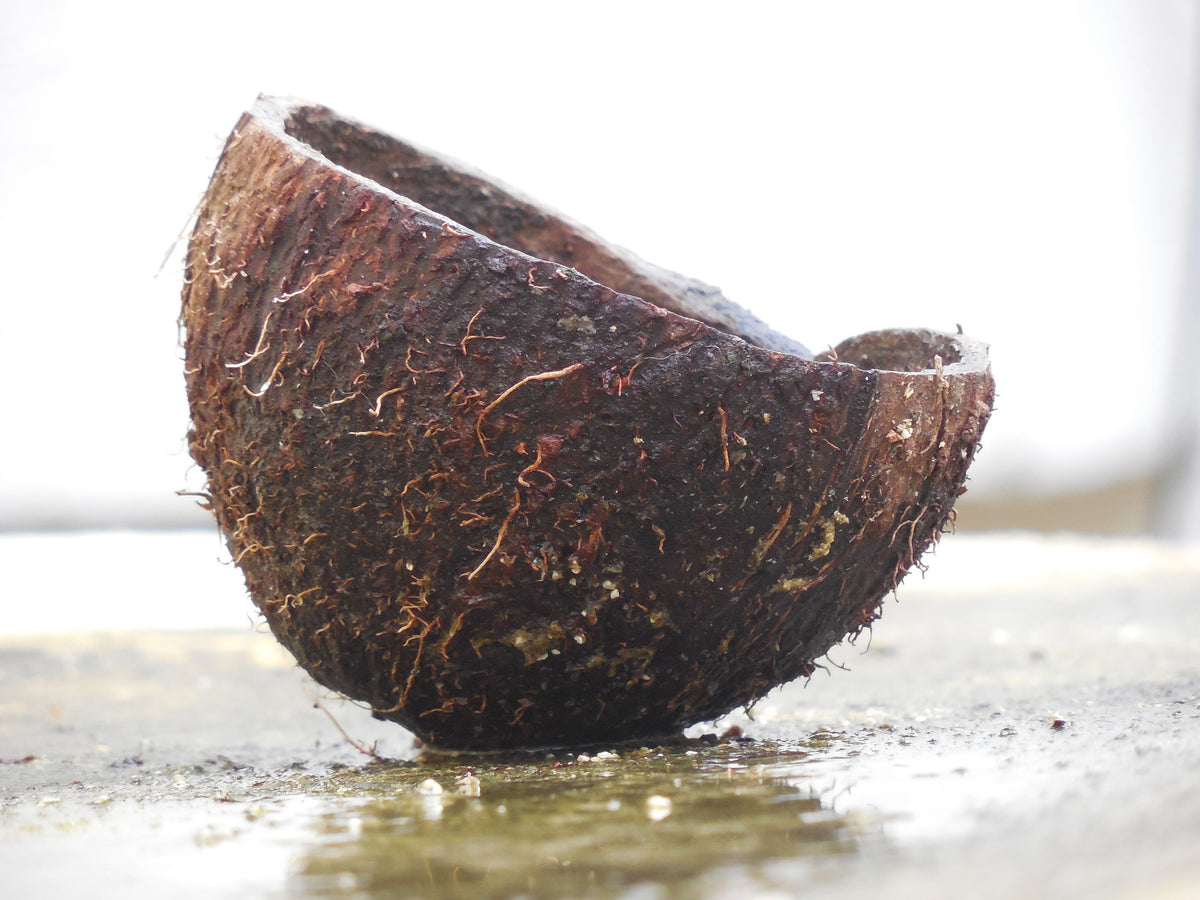If you are growing organically, then I think peat moss makes the most sense. If you're using a nutrient line, then I'd suggest coco coir. Here's an article I put together a while ago on the subject and just wanted to share.
This can be a hotly debated topic among growers as to what's the best media for growing plants. In this article, I'll weigh in with my opinion on the subject as there are Pros and Cons to both.
"Sphagnum" is a genus of approximately 120 different species of mosses known as "peat moss." Sphagnum and the peat formed from it do not decay readily because of the phenolic compounds embedded in the moss's cell walls. Peat moss can also acidify its surroundings by taking up cations, such as calcium, magnesium, and potassium, and releasing hydrogen ions. Under the right conditions, peat can accumulate to a depth of many yards. These bogs are slowly building and 80% of the peat moss used in the United States comes from Canada. Approximately .02 percent of the 270 million acres (422,000 square miles) of Canadian peat bog are used for peat moss mining. There are some efforts made to restore peat bogs after peat mining. It is debated as to whether the peat bogs can be restored to their pre-mining condition and how long the process takes. Many peat companies claim this to be a sustainable practice, but that is hotly debated topic depending on where you source your information on the subject.
Pros of Peat Moss:
Pros of Coco Coir:
I hope this article helped you form a more educated opinion on the subject. Happy growing!
Article Source:

 www.kisorganics.com
www.kisorganics.com
Resources:
The Truth About Peat Moss
Does Peat Moss Have A Place In The Ecological Garden?
The Peat Moss Association in Canada
A Comparison of Coconut Coir and Sphagnum Peat as Soil-less Media Components for Plant Growth
Getting to the Coir of the matter
How Coir Is Made
What Your Substrate Is Trying To Tell You
The Importance of Buffering Coco Coir
Nasobronchial Allergy and Pulmonary Function Abnormalities Among Coir Workers of Alappuzha
Philippine Coconut Farmers Warn Over Pesticide Use
Use of Toxic Pesticide on Coconut Trees Assailed
*featured image courtesy of Aravind Sivaraj - Own work, CC BY-SA 3.0, https://commons.wikimedia.org/w/index.php?curid=30743840
This can be a hotly debated topic among growers as to what's the best media for growing plants. In this article, I'll weigh in with my opinion on the subject as there are Pros and Cons to both.
"Sphagnum" is a genus of approximately 120 different species of mosses known as "peat moss." Sphagnum and the peat formed from it do not decay readily because of the phenolic compounds embedded in the moss's cell walls. Peat moss can also acidify its surroundings by taking up cations, such as calcium, magnesium, and potassium, and releasing hydrogen ions. Under the right conditions, peat can accumulate to a depth of many yards. These bogs are slowly building and 80% of the peat moss used in the United States comes from Canada. Approximately .02 percent of the 270 million acres (422,000 square miles) of Canadian peat bog are used for peat moss mining. There are some efforts made to restore peat bogs after peat mining. It is debated as to whether the peat bogs can be restored to their pre-mining condition and how long the process takes. Many peat companies claim this to be a sustainable practice, but that is hotly debated topic depending on where you source your information on the subject.
Pros of Peat Moss:
- Free of weed seeds, pests and pathogens.
- Can absorb up to 20 times its weight in water.
- Contains beneficial microorganisms.
- Acidic pH (a "pro" in my opinion because you can add highly alkaline amendments to it).
- Contains a variety of elements, especially sulfur, which helps with proper terpene expression.
- Excellent habitat for beneficial microorganisms.
- Harvested in North America, which reduces the fossil fuel impact to get it to the United States.
- Holds 10x to 20x its dry weight in water.
- Better C:N ratio than coco coir.
- Cation exchange capacity (CEC) of 100-200.
- Depletes peat bogs, which requires them to be re-built or sustainably harvested.
- Naturally hydrophobic, meaning if allowed to dry out it will be slow to accept water.
- Needs to be kept evenly moist for optimal plant growth and health.
- Requires hydrating before use.
Pros of Coco Coir:
- Coir pH usually runs 6 – 6.7.
- "Renewable" resource - byproduct of the coconut industry.
- Easier to rewet than peat moss, is not hydrophobic.
- Usually cheaper than peat moss.
- Different reports list coco as having a water capacity ranging from 8x to 30x it's own weight.
- Excellent habitat for microorganisms.
- Free of weed seeds, pests, and pathogens.
- Breaks down slower than peat due to high lignin content.
- Cation Exchange Capacity of 40-60.
- High salinity unless properly washed.
- Quality can vary depending on batch and source of material.
- Higher fossil fuel cost to get the coir to the United States from tropical regions.
- Does not contain many trace elements.
- Does not contain microorganisms.
- Traditionally high in sodium and potassium which can lead to calcium or magnesium deficiencies unless properly treated.
- Requires hydrating before use.
- Increased incidence of nasobronchial allergy among workers in this industry due to the high amount of dust created.
- Some coco coir in tropical regions is being sprayed with pesticides like neonicotinoids, one of the pesticides most commonly linked to honey bee death.
I hope this article helped you form a more educated opinion on the subject. Happy growing!
Article Source:
Peat vs Coco Coir
This can be a hotly debated topic among growers as to what's the best media for growing plants. In this article, I'll weigh in with my opinion on the subject as there are Pros and Cons to both.
Resources:
The Truth About Peat Moss
Does Peat Moss Have A Place In The Ecological Garden?
The Peat Moss Association in Canada
A Comparison of Coconut Coir and Sphagnum Peat as Soil-less Media Components for Plant Growth
Getting to the Coir of the matter
How Coir Is Made
What Your Substrate Is Trying To Tell You
The Importance of Buffering Coco Coir
Nasobronchial Allergy and Pulmonary Function Abnormalities Among Coir Workers of Alappuzha
Philippine Coconut Farmers Warn Over Pesticide Use
Use of Toxic Pesticide on Coconut Trees Assailed
*featured image courtesy of Aravind Sivaraj - Own work, CC BY-SA 3.0, https://commons.wikimedia.org/w/index.php?curid=30743840

 Thanks
Thanks 

 I couldn't be sure if it was the old Empire Builder that had been sitting around at the store outside for who knows how long, or if the King's Mix (coco based) had shit coco in it...
I couldn't be sure if it was the old Empire Builder that had been sitting around at the store outside for who knows how long, or if the King's Mix (coco based) had shit coco in it...





